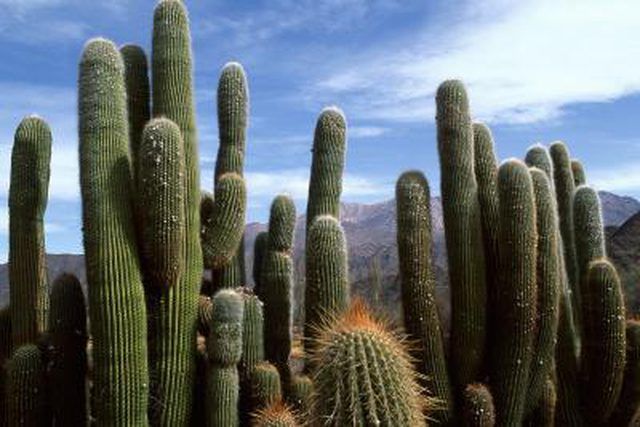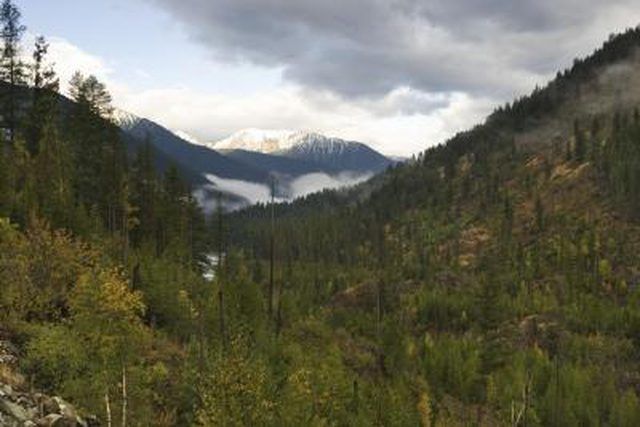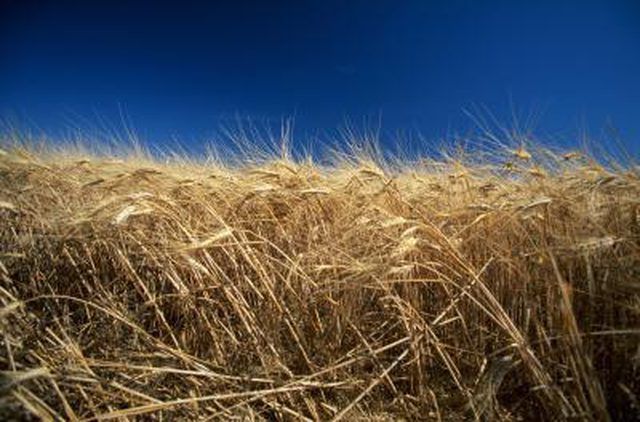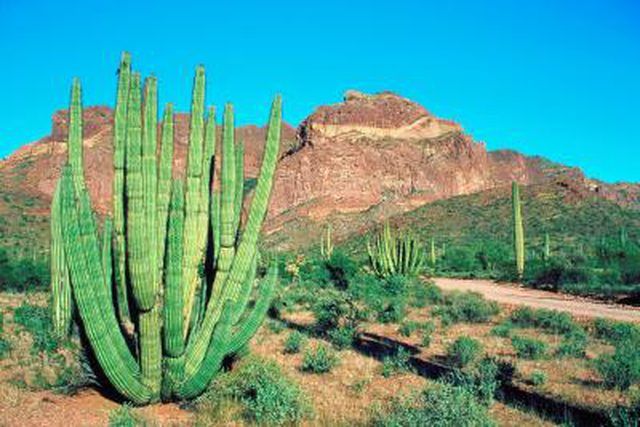Bulbs
Flower Basics
Flower Beds & Specialty Gardens
Flower Garden
Garden Furniture
Garden Gnomes
Garden Seeds
Garden Sheds
Garden Statues
Garden Tools & Supplies
Gardening Basics
Green & Organic
Groundcovers & Vines
Growing Annuals
Growing Basil
Growing Beans
Growing Berries
Growing Blueberries
Growing Cactus
Growing Corn
Growing Cotton
Growing Edibles
Growing Flowers
Growing Garlic
Growing Grapes
Growing Grass
Growing Herbs
Growing Jasmine
Growing Mint
Growing Mushrooms
Orchids
Growing Peanuts
Growing Perennials
Growing Plants
Growing Rosemary
Growing Roses
Growing Strawberries
Growing Sunflowers
Growing Thyme
Growing Tomatoes
Growing Tulips
Growing Vegetables
Herb Basics
Herb Garden
Indoor Growing
Landscaping Basics
Landscaping Patios
Landscaping Plants
Landscaping Shrubs
Landscaping Trees
Landscaping Walks & Pathways
Lawn Basics
Lawn Maintenance
Lawn Mowers
Lawn Ornaments
Lawn Planting
Lawn Tools
Outdoor Growing
Overall Landscape Planning
Pests, Weeds & Problems
Plant Basics
Rock Garden
Rose Garden
Shrubs
Soil
Specialty Gardens
Trees
Vegetable Garden
Yard Maintenance
What Is an Adaptation for Plants?
What Is an Adaptation for Plants?. Plants adapt to their environments . . . or they cease to exist. Adaptation is an evolutionary process that changes the anatomy or physiology of a plant, resulting in increased ability of a population to live in a particular environment.
Plants adapt to their environments . . . or they cease to exist. Adaptation is an evolutionary process that changes the anatomy or physiology of a plant, resulting in increased ability of a population to live in a particular environment.

Think about your local hiking trail. What plants live there? Are they the same plants that you would see at the top of a mountain, or in a salt marsh? Environmental attributes like temperature and rainfall determine the plants that thrive in a particular locale.

Darwin visited the Galapagos Islands 150 years ago. He observed differences between island populations of the same species. Environmental conditions on each island produced changes in plant populations that promoted survival. Adaptation is one component of Darwin's theory of evolution by natural selection.

In the American Midwest, temperate grasslands dominate the landscape. The flat landscape is exposed and the climate is harsh. Grass plants adapt to this environment by allocating a huge quantity of resources to their root systems. Their stems are flexible and their leaves are narrow to avoid damage in windy conditions.

In the desert, plants conserve and store water since it is so scarce. Many desert plants are hairy to minimize water loss. Desert plants also perform photosynthesis at night to avoid water loss.

Set up a home garden experiment: Plant the same vegetable in two locales. Record differences in environments and growth differences. This exercise shows how environment influences survival, the basis for plant adaptation.
